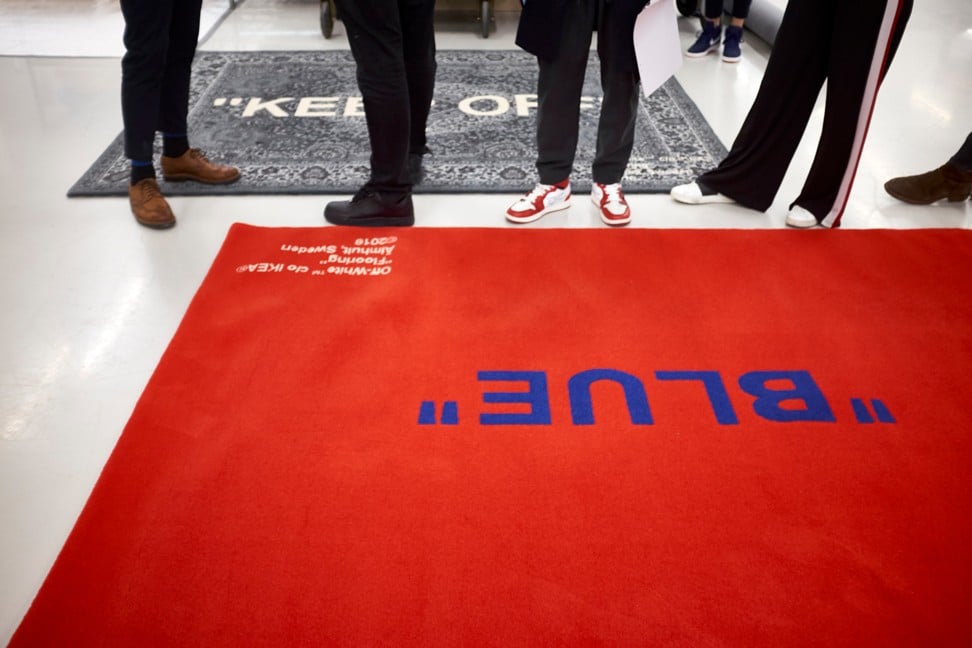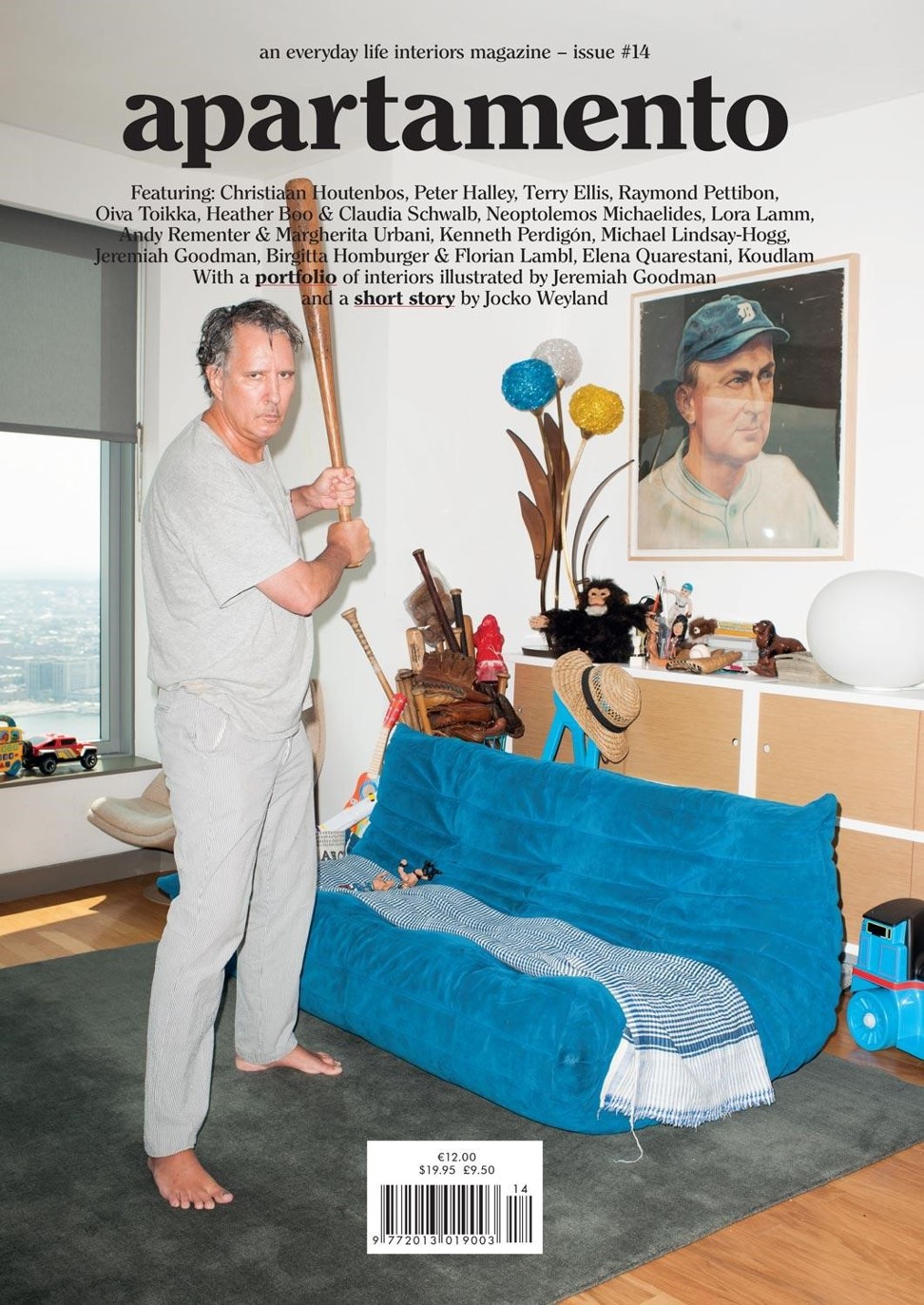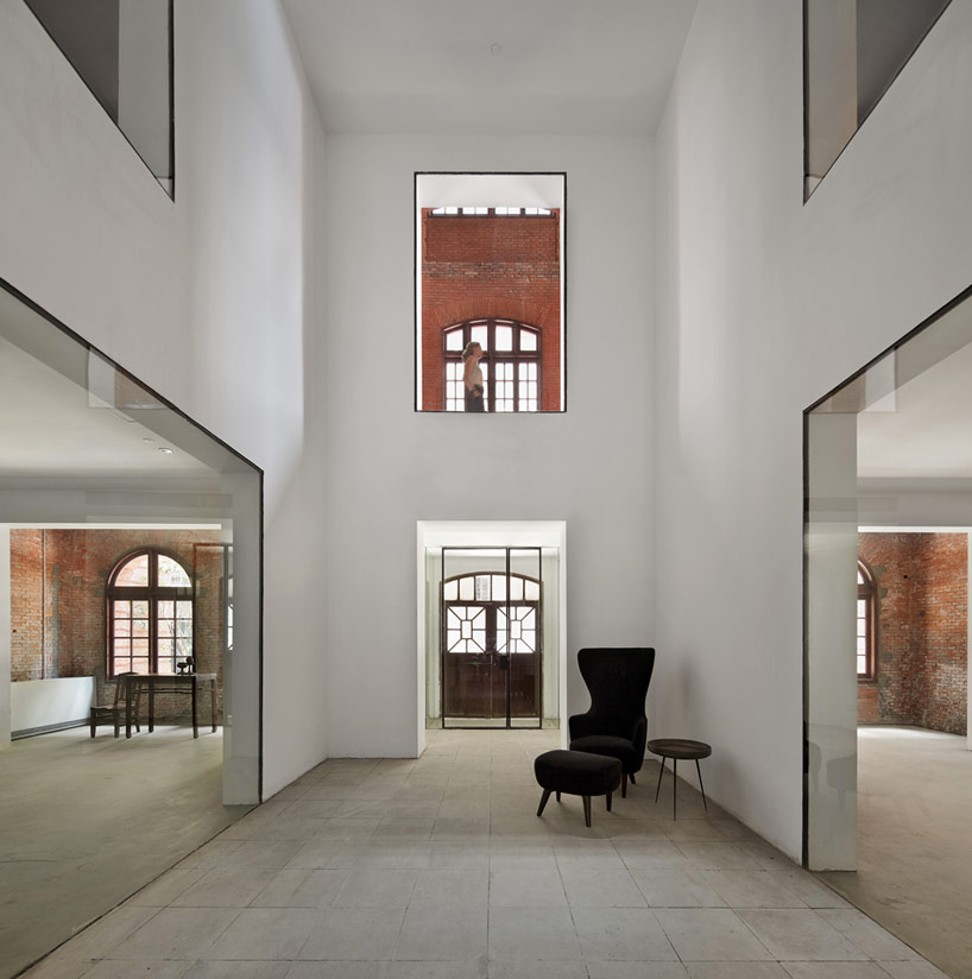Is designer homeware the latest must-have craze of Chinese millennials?

Chasing fashion trends season after season can be exhausting for many of us as we constantly search for the next great obsession.
With a generation of savvy Chinese millennial shoppers like me pursuing a higher quality of life in the mega cities in which we live, unique or designer homeware has become the new craze for us to discover.
With more fashion brands targeting the homeware market or collaborating with furniture companies to branch out into the interior design world, these markets have never been so well connected. Collaborations include the very successful project with designer Raf Simons and Danish brand Kvadrat and the Italian plastic furniture maker Kartell teaming up with young Spanish artist Ignasi Monreal.
While the range of items that people select is often vast, it is the unique pieces – each with their own character, representing what we love and who we are – that are key
There was also Louis Vuitton’s “Objets Nomades” travel-inspired furniture project, which was on show in Hong Kong in March, and Off-White founder and fashion designer Virgil Abloh’s project with Ikea to design furniture and accessories for millennials, such as carpets and a wooden box for showcasing trainers.
Whether it’s high-end design or streetwear collaborations, the world of furniture and the idea of decorating our homes to match our lifestyles and individuality has become more prominent than ever before.
Because of that, top design brands, such as Fritz Hansen, Herman Miller, Carl Hansen, Erik Jorgensen, Gubi and ClassiCon are becoming the Prada, Maison Margiela or Comme des Garçons of the furniture world – known by millennials as cult brands to pursue and collect.
Importance of homes with ‘personality’
Nowadays, many of us are secretly starting to make comparisons about who has a better home. For people in their 20s, taste matters more than size.
We are getting tired of today’s cookie-cutter homes, while the pursuit of a unique home has grown stronger as younger generations start to live alone or become homeowners.
From vintage vases found at Parisian flea markets to brass tableware from minimalist Copenhagen interior studios, we are no longer buying homeware from one-stop outlets.
We need to find objects that have a connection with travel, or unique histories, rare origins or impeccable design.
All of the pieces we choose are being combined to create our own special little universe inside our homes, which reflects our personalities, interests, aesthetics and – essentially – our own identities.
Nowadays many of us millennials are secretly starting to make comparisons about who has a better home. For people in their 20s, taste matters more than size
Take me for an example: I love unique pieces found in some of the most diverse and unexpected places.
I have bought posters at a record shop in Berlin, handmade vases in the backstreets of Chengdu, a handmade jewellery box from the Yunnan city of Shangri-La, tableware from a Sunday flea market in Belleville, Paris, all the way to a Hajime Sorayama ashtray from a HBX pop-up in Hong Kong, or a printed carpet showing the cover of biannual Berlin culture magazine 032c.
All of these things combined together add to the personality of my home, where guests can gain a pretty good understanding of me by looking over the pieces I have collected and keep in my home.
While the range of items that people select is often vast, it is the unique pieces – each with their own character, representing what we love and who we are – that are key.
From renting to owning
Today’s affluent youth are now becoming young professionals – renting flats in big cities or even becoming homeowners.
This has opened up an enormous market for us to invest in.
For those of us who are renting, smaller, more mobile objects are usually the preferred choice. Things such as lamps, vases, kitchenware, cups and frames are all objects of desire.
But new homeowners will naturally drop more cash on things such as designer chairs, tables, sofa, carpets to even wardrobe cabinets.
My friend, Johan Christian Chen, CEO of the Copenhagen-based interior studio, Frama, says: “There is increasing demand for design objects from young professionals in Asia.”
His company is keen to meet this demand and plans to set up its Asian headquarters in Seoul, and also open outlets in South Korea, Taiwan and Japan.
Today’s affluent youth are now becoming young professionals – renting flats in big cities, or even becoming homeowners ... who will naturally drop more cash on things such as designer chairs, tables, sofa, carpets to even wardrobe cabinets
The Danish studio, which specialises in hand-crafted designer furniture and homeware, has also branched out to launch its own fragrances and skincare products.
It has also collaborated with Hong Kong-Copenhagen based bag brand, Totem Collective, to create a line using recycled furniture materials, which has seen brass, aluminium and even thin pieces of marble turned into bag accessories.
Shift in mindset of generations
For our parents’ generation, owning a property was the key to have a happy, successful life, but most of today’s younger generation don’t actually want to settle down so early in life – although they do want to have a higher standard of living.
Why isn’t it a smarter investment to buy a nice table for your home – something that you’ll use on a daily basis – which costs only a quarter or half the price of a Gucci embroidered jacket, which you might wear only once or twice?
Also, with the availability of online second-hand market platforms, such as Carousell, Craigslist or Xianyu – owned by the e-commerce giant, Alibaba Group, the parent company of South China Morning Post – for selling your hard-to-move or unwanted furniture, it has become less of a risk and financial burden for us to purchase such items.
Rise of homeware media and retail outlets
A growing interest in quality homeware and lifestyles among millennials and young professionals has also led to a number of new media and e-commerce platforms, which are tailored to their needs.
Among them is Huasheng Media Group, founded by Chuxuan Feng, which has tapped into this expanding market.
Feng said that when the company introduced Kinfolk magazine on the Chinese mainland in 2014, it thought it would be focused more on design and furniture, rather than a “slow life” concept.
Hong Kong retail giant Lane Crawford was one of the first fashion retailers to focus of the growing interest in home furnishings by bringing exciting international homeware designer brands to Hong Kong and mainland China.
My friend Stewart Chen, the company’s director of strategic marketing, says: “Millennial customers are lifestyle centric – their life philosophy is to enjoy the present, be the best they can, to inspire and be inspired while living.”
He says strategic partnerships allow companies to tap into the millennial customer base by offering exclusive items through channels, such as social media.
Such collaborations also provide an environment that combines clothing and lifestyle products and helps to encourage customers to make further homeware purchases.
Game changers
Maison XXII, a lifestyle and homeware store which will soon open in Hong Kong, aims to target the millennial generation’s increasing interest in enjoying a quality lifestyle by bringing in many of Europe’s top design brands, such as Frama, Lola James Harper, Ester & Erik, Georg Jensen and Damask.
“The millennials grew up in an informative world and are infused by different cultural activities since childhood ... so their concept of consumption tends to be mature and they also pursue unique, personalised and shareable experiences,’ says Yee Li, an experience curator at Maison XXII.
With millennial consumers moving towards the next step in their shopping habits, I won’t be surprised to see collaborations such as Celine x Georg Jensen table settings, a Supreme x Le Corbusier chair or a Maison Margiela x Gubi table coming up in the future.
That’s probably going to be a good thing, too, so it can help to teach us the value of thoughtful consumption.
Why? Because we can fit only so many sofas in our living room!
Want more stories like this? Sign up here. Follow STYLE on Facebook, Instagram and Twitter

Twenty-something professionals keen to rent or buy a property are now tired of ‘cookie-cutter’ homes and want quality items that reflect their personalities



